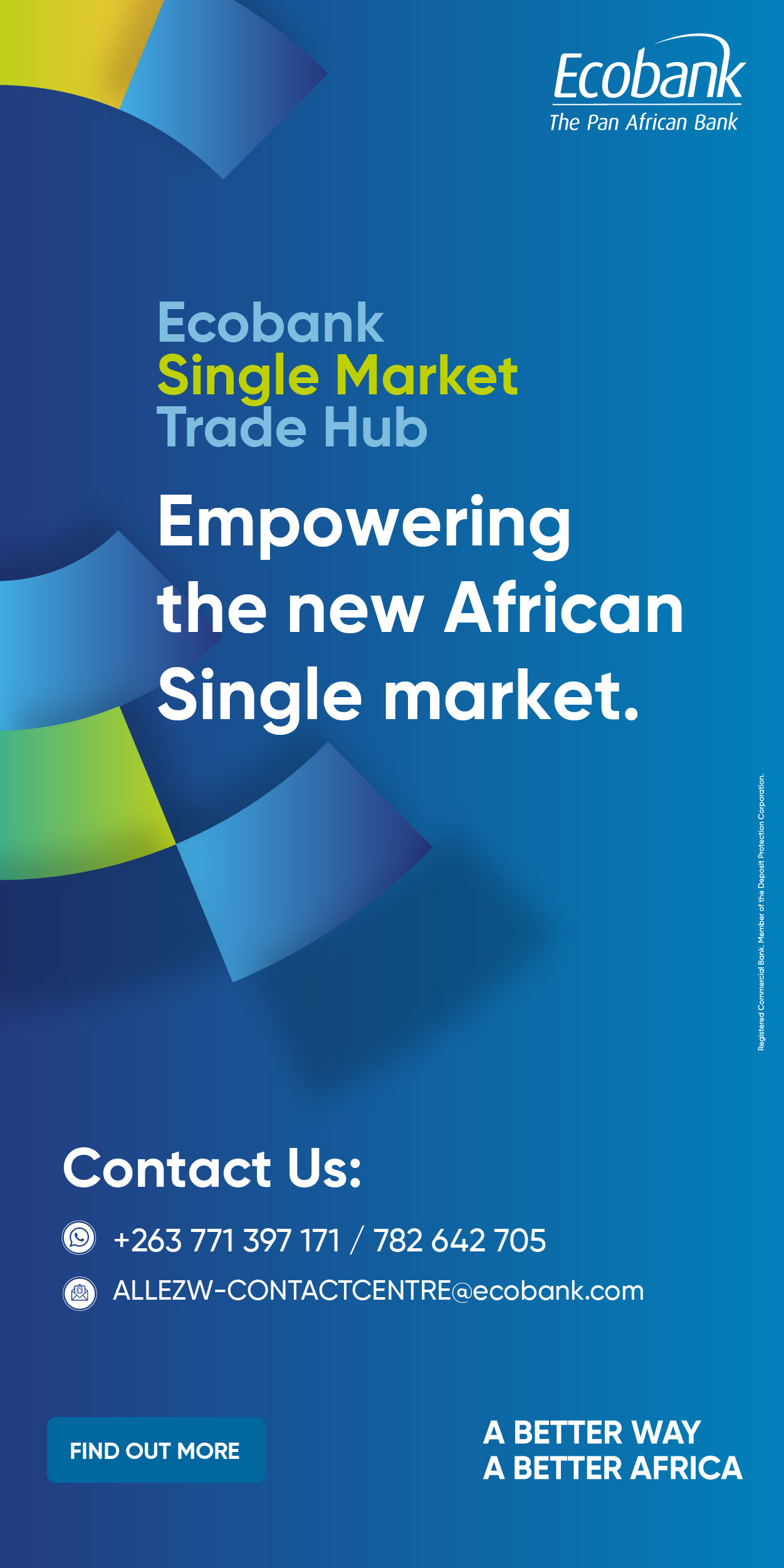- TIMB has introduced a 50% debt relief program for farmers under the Tobacco Inputs Credit Scheme (TICS) as of May 20, 2025
- Farmers who settle their debts by May 31, 2025, will benefit from the initiative, particularly aiding elderly farmers and families of deceased beneficiaries
- As of May 16, 2025, farmers have sold 189.2 million kilograms of tobacco, valued at US$639.7 million
Harare- The Tobacco Industry and Marketing Board (TIMB) in Zimbabwe has launched a pivotal debt relief program under the Tobacco Inputs Credit Scheme (TICS), announced on May 20, 2025, to bolster the livelihoods of smallholder and communal tobacco farmers.
This initiative offers a 50% discount on outstanding debts for beneficiaries who settle by May 31, 2025, while providing tailored support for elderly farmers and families of deceased beneficiaries.
"This initiative reflects our commitment to inclusive and sustainable agriculture, ensuring no farmer is left behind,” said TIMB Acting CEO, Emmanuel Matsvaire.
“By relieving this debt, we not only give these farmers a fresh start, but also strengthen the foundations of the Tobacco Value Chain Transformation Plan (TVTP), which seeks to improve livelihoods, promote local financing and expand production to 300 million kilograms annually.”
The TICS debt relief program, launched in 2017, supported over 33,000 farmers with input credit but left many struggling to repay due to economic challenges and climate shocks. The 2025 initiative offers a 50% debt discount for payments made by May 31, 2025, leveraging farmers’ liquidity during the marketing season.
Elderly farmers (65+) and families of deceased beneficiaries can access additional relief by submitting certified documents to TIMB’s network of offices across Harare, Mutare, Rusape, Marondera, Chinhoyi, Karoi, Mvurwi, and Bindura.
This inclusive approach, particularly significant given smallholders’ dominance post-land reforms, enables farmers to reinvest in their operations, boosting productivity and supporting the 280-million-kilogram target.
Economically, the debt relief program strengthens Zimbabwe’s tobacco sector, a key driver of export revenue, job creation, and rural development. By alleviating financial burdens, it ensures farmers’ continued participation, enhancing foreign currency inflows and sectoral resilience.
Zimbabwe raked in US$1.3 billion from tobacco in 2024, which was a sharp increasefrom 0.8 billion in 2021.
However, challenges persist. Tobacco curing contributes to deforestation, with an estimated 60,000 hectares lost annually, and efforts like the Sustainable Afforestation Association’s 5,000-hectare eucalyptus planting in 2023 fall short. Global anti-tobacco campaigns and rising production in countries like Brazil and India threaten market stability.
As Zimbabwe solidifies its position as Africa’s leading tobacco producer and a global contender, this program addresses critical financial burdens, enhancing the sector’s sustainability.
Zimbabwe’s tobacco sector is one of the cornerstone of the economy, generating over US$1 billion annually in foreign exchange and supporting millions of rural livelihoods.
As of 16th May 2025, the ongoing marketing season has seen farmers sell 189.2 million kilograms of tobacco, valued at US$639.7 million.
Despite a slow start, increased deliveries have fuelled optimism at TIMB, which initially projected reaching between 280 million to 300-million-kilogram target by the season’s end, aligning with the Tobacco Value Chain Transformation Plan (TVTP).
Historically, the 2022/23 season yielded 296 million kilograms, with smallholders contributing approximately 163 million kilograms.
Projections indicate production could rise to 334,000 metric tonnes by 2028, reflecting a 2.5% annual growth rate from 2023’s 284,000 metric tonnes. The introduction of Naturally Cured Virginia (NCV) tobacco in Mangwe, Matabeleland South, with its first sale on May 22, 2025 reflects efforts to innovate and promote sustainability.
Since 1966, Zimbabwe has experienced an average yearly increase of 3.4% in tobacco supply. Despite this growth, the nation ranked fourth in global tobacco production in 2023, with Brazil surpassing it with the same output of around 284,000 metric tons. In the global rankings for tobacco production, India, Brazil, and Zimbabwe hold the second, third, and fourth positions, respectively.
Regionally, Zimbabwe dominates Africa’s tobacco production, far surpassing its peers. In 2023, Zimbabwe produced 284,000 metric tonnes, dwarfing Malawi’s 120,000 metric tonnes, the continent’s second-largest output.
Tanzania and Zambia lag further, with Tanzania producing around 50,000 metric tonnes annually and Zambia even less.
Globally, Zimbabwe ranks fourth, trailing China, India, and Brazil, with Brazil’s 2023 output slightly higher at 284,000 metric tonnes.
Zimbabwe’s focus on high-quality flue-cured Virginia tobacco, cultivated by over 100,000 smallholder farmers, gives it a competitive edge. Unlike Malawi, which relies heavily on burley tobacco, Zimbabwe’s diverse market access and production scale solidify its regional and global standing.
Therefore, the TICS debt relief program is a strategic intervention, offering immediate financial relief and fostering inclusivity in Zimbabwe’s tobacco sector. With 189.2 million kilograms sold by mid-May 2025 and a 300-million-kilogram target in sight, the industry demonstrates robust growth.
Equity Axis News





